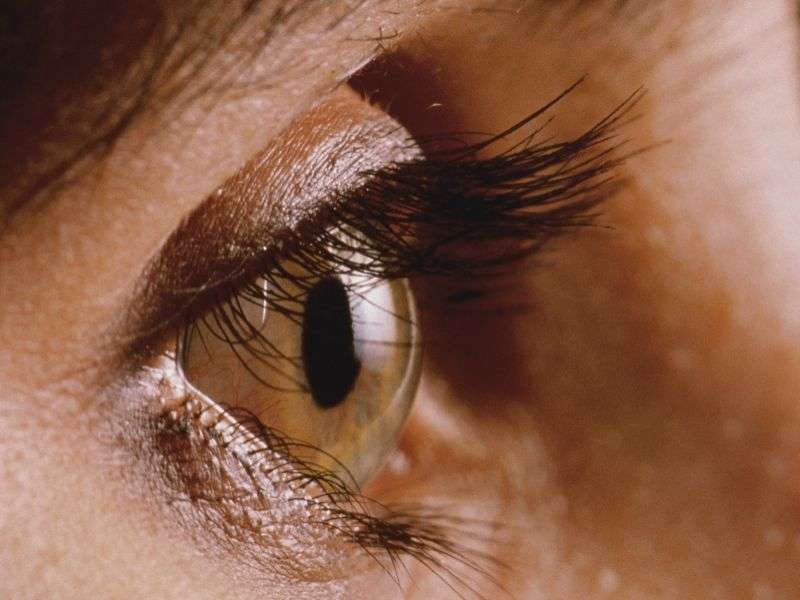Central corneal thickness influenced by body position

(HealthDay)—Central corneal thickness (CCT) is influenced by body position, with a decrease noted in the first 30 minutes of supine positioning, according to a study published online March 14 in Clinical & Experimental Ophthalmology.
Jessica S. Maslin, M.D., from the Yale University School of Medicine in New Haven, Conn., and colleagues conducted a cross-sectional study involving 23 patients with open-angle glaucoma and 23 healthy subjects. The authors measured CCT using an ultrasound pachymeter in each subject. Three consecutive measurements were taken in each eye in the sitting position, and in a supine position after 10 and 30 minutes.
The researchers found that CCT decreased with supine positioning at 10 and 30 minutes in healthy subjects (mean = −5.2 µm [P = 0.0043] and −6.5 µm [P < 0.0001], respectively) and in the glaucoma group (mean = −6.7 µm [P = 0.0043] and −10.2 µm [P < 0.0001], respectively). No statistically significant difference was seen between the CCT at 10 and 30 minutes supine in healthy (P = 0.37) and glaucoma patients (P = 0.14). There was a linear decrease in CCT over time (P < 0.0001); there was no significant between-group difference in the slopes (P = 0.40).
"CCT is a dynamic measurement that can be influenced by body position," the authors write. "It decreases linearly in the first 30 minutes of supine positioning at a similar rate in both open-angle glaucoma patients and in healthy subjects."
More information:
Abstract
Full Text (subscription or payment may be required)
Copyright © 2016 HealthDay. All rights reserved.





















